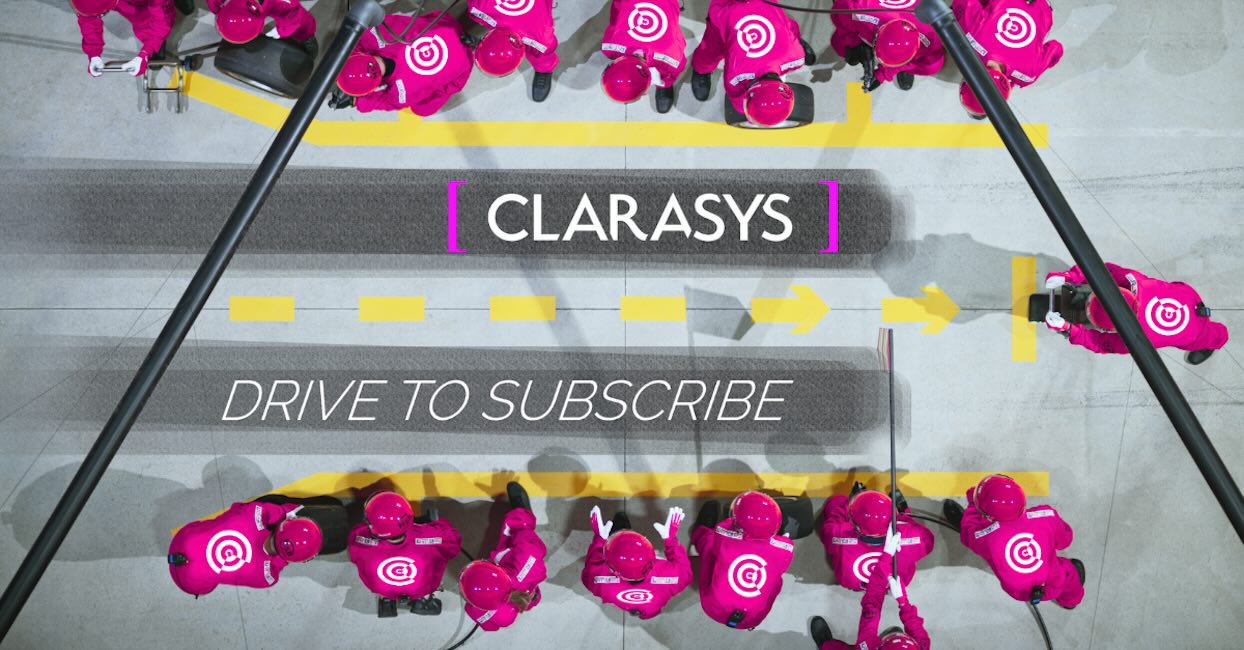Using BusinessOptix to improve process
Business process improvement
Business process improvement
Using BusinessOptix to improve process

The biggest problem with process improvement is that changes are too often made on assumptions, not reality.
End users will complain about their pain points, say that processes are difficult and unwieldy and request change. However, when change occurs the users fail to see improvements and, even more frustratingly, the change can cause more issues with users in different parts of the business when none existed before.
Business processes can exist as two types, formal and informal. The formal processes are the official line. They are well documented and understood by the managers who expect the end users to follow them to the letter. Informal processes are the ones the users create when the formal ones are unsatisfactory to them. They exist only in the minds of the users and can vary enormously between individuals.
When a business process improvement project is started the focus is on the formal processes and procedures. Even when you question end users they may mention some of the informal steps but it is hard to get the full picture as many feel unable to admit to the fact they are effectively ignoring official instructions.
The result is your improvements are doomed from the start. If you are relying on an incomplete view of the processes in the business you will never be able to implement effective change.
A different approach
Clarasys has developed a different approach to business process improvement. Using the BusinessOptix tool combined with user interviews and workshops to explore different scenarios, we can quickly create an accurate reflection of your processes (formal and informal). Change projects are created using Agile principles. These use multiple iterations and regular reviews to ensure change is adopted, accepted and proven to be effective. By continually reviewing progress and priorities during the project issues are identified earlier and can be resolved without minimal impact on the rest of the project.
What this means for you and your business
By basing change on reality not assumptions your business will benefit in a number of ways:
- End users feel more involved so are more likely to talk candidly about formal and informal process.
- Because of their involvement the end users have a greater level of buy-in for the change and more willing to adopt it.
- Business change results in real benefits, not more problems. For example, change can lead to greater efficiencies, cost savings, increase revenue and higher levels of customer service quality.

